Home>Dining>Tableware>Which Type Of Glassware Should You Use To Measure The Volume Of A Liquid?
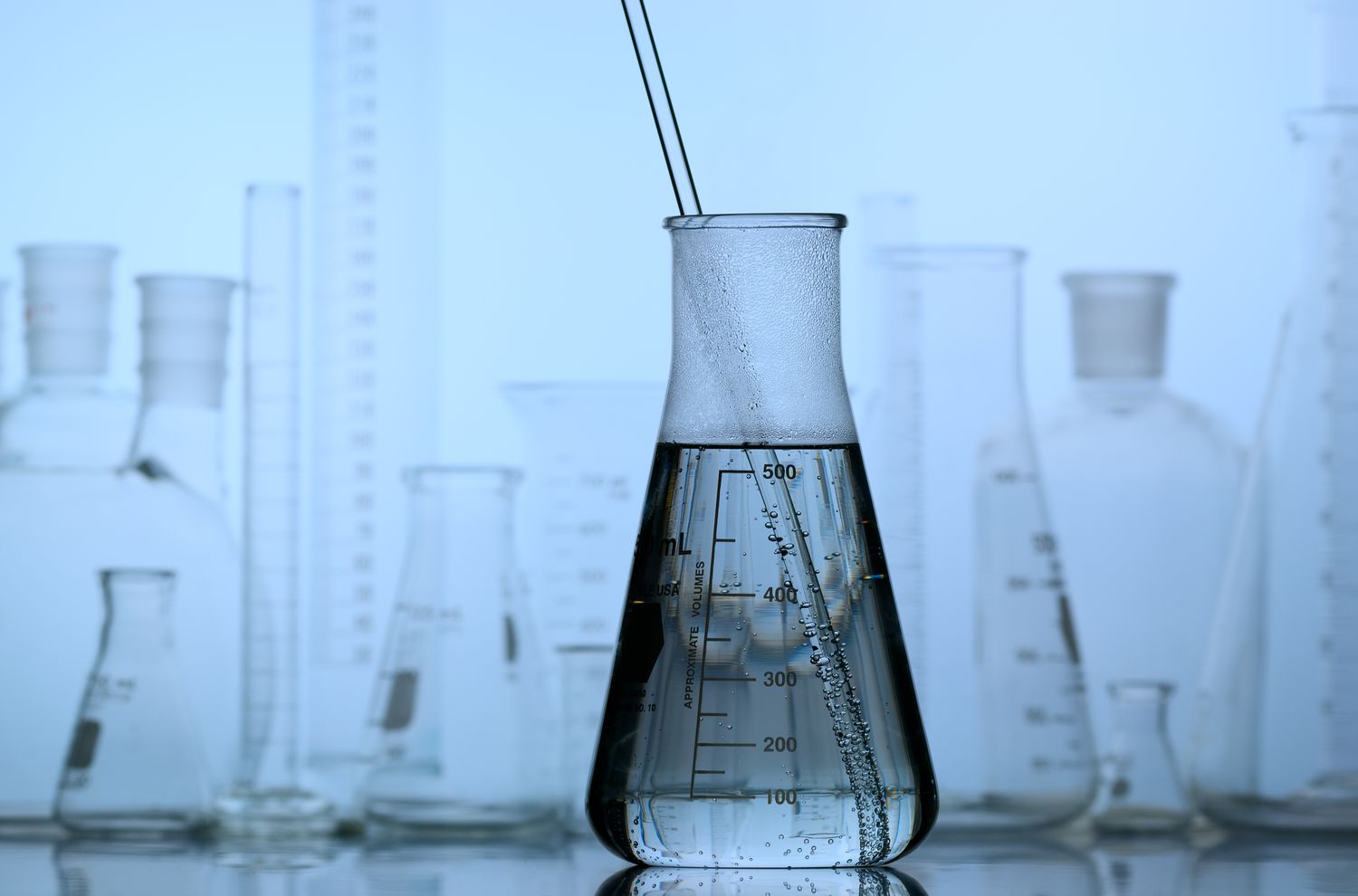

Tableware
Which Type Of Glassware Should You Use To Measure The Volume Of A Liquid?
Modified: January 9, 2024
Discover the perfect glassware for measuring liquid volumes with our comprehensive guide. From beakers to graduated cylinders, find the essential tableware for accurate measurements.
(Many of the links in this article redirect to a specific reviewed product. Your purchase of these products through affiliate links helps to generate commission for Storables.com, at no extra cost. Learn more)
Introduction
Accurate measurement of liquid volume is crucial in various scientific experiments and laboratory procedures. Whether you are a chemist mixing solutions, a biologist conducting research, or a student performing a science experiment, having the right glassware for measuring liquid volume is essential. Different types of glassware are designed with specific features to ensure accurate and precise measurements, catering to various experimental requirements.
In this article, we will explore the different types of glassware commonly used for measuring liquid volume in scientific settings. We will discuss the key characteristics of each type and the factors to consider when choosing the most appropriate glassware for specific experiments. By understanding the advantages and limitations of each type of glassware, you can make informed decisions to ensure the accuracy and reliability of your volume measurements.
Key Takeaways:
- Choose graduated cylinders for rough volume estimations and beakers for versatile mixing and stirring. Volumetric flasks are ideal for precise dilutions, while pipettes excel in measuring small volumes with high precision.
- For experiments requiring multiple volume ranges, use a combination of glassware. Consider convenience in handling and pouring with beakers, and always maintain and calibrate glassware for accurate measurements.
Overview of the Importance of Accurate Volume Measurements in Scientific Experiments
Accurate measurement of liquid volume is crucial in scientific experiments as it directly impacts the reliability of research findings and the development of innovative solutions. In various scientific fields such as chemistry, biology, and physics, precise measurements of liquid volume are essential for precise calculations, accurate formulations, and correct data analysis.
One of the primary reasons why accurate volume measurements are crucial is because they determine the concentration of solutions. For example, in chemistry, the precise measurement of liquid volume is vital for accurately preparing different molar concentrations of solutions. Whether you are diluting a stock solution or creating a complex mixture, knowing the exact volume of each component ensures the desired final concentration is achieved.
In biological research, accurate volume measurements are essential for preparing growth media, reagents, and culture solutions. Any deviation in the liquid volume can affect the conditions required for the growth of cells or organisms, compromising the validity of experimental results. Additionally, in medical research, accurate measurement of liquid volume plays a crucial role in drug development, pharmaceutical formulations, and diagnostic testing.
Now, let’s delve into the different types of glassware commonly used for measuring liquid volume in scientific experiments:
Glassware Used for Measuring Liquid Volume
1. Graduated Cylinders: Graduated cylinders are tall, cylindrical containers that are marked with volume graduations along the sides. They are widely used for rough volume measurements in experiments where precision is not critical. Graduated cylinders come in various sizes, allowing for the measurement of larger volumes compared to other types of glassware.
2. Beakers: Beakers are multipurpose glassware that can be used for stirring, mixing, and measuring liquid volumes. While they are not as accurate as graduated cylinders or volumetric flasks, they are suitable for general qualitative measurements. Beakers have a wide base and a pouring lip, making them convenient for pouring and transferring liquids.
3. Volumetric Flasks: Volumetric flasks are specifically designed for accurate volume measurements. They have a narrow neck and a flat bottom with a single calibration mark, allowing for precise measurements at a specific volume. Volumetric flasks are commonly used in preparing standard solutions where accuracy and precision are critical.
4. Pipettes: Pipettes are precise glassware used for accurately transferring and measuring small liquid volumes. They come in various types, including micropipettes and serological pipettes, with different volume ranges. Pipettes require careful handling and are often used with a pipettor device for enhanced accuracy.
Each type of glassware has its own advantages and limitations when it comes to measuring liquid volume. In the following sections, we will explore the factors to consider when choosing the most suitable glassware for specific experiments.
Graduated Cylinders
Graduated cylinders are widely used in scientific experiments for measuring liquid volume. They are cylindrical containers with a flat base and vertical markings on the sides. These markings, also known as graduations, represent specific volume intervals, allowing for rough measurements. Graduated cylinders are available in various sizes, ranging from small capacities of a few milliliters to larger capacities of several liters.
One of the key advantages of graduated cylinders is their versatility in measuring different volume ranges. Their tall and narrow shape allows for the measurement of larger volumes compared to other glassware, such as beakers. However, it is important to note that the accuracy and precision of measurements with graduated cylinders may not be as high as with other glassware, such as volumetric flasks or pipettes.
When using graduated cylinders for volume measurements, it is essential to consider some key factors:
- Accuracy: Graduated cylinders provide reasonably accurate measurements, but they may not be suitable for experiments that require high precision. The accuracy of a graduated cylinder depends on the resolution of its graduations and the skill of the user in reading the meniscus, which is the curve formed by the liquid surface.
- Range: Graduated cylinders come in various sizes with different volume capacities. It is important to choose a cylinder that matches the expected volume range of the liquid being measured. Using a cylinder with a larger capacity than necessary can result in less accurate measurements.
- Legibility: The graduations on the cylinder should be clear and easy to read. Opting for cylinders with well-defined markings and high contrast graduations can improve the legibility and reduce measurement errors.
- Handling and Convenience: Graduated cylinders are typically equipped with a pouring lip, making it easy to transfer liquids. Some cylinders also have a handle for improved handling. Ensuring a comfortable grip and stable base can contribute to accurate measurements and prevent accidents.
Overall, graduated cylinders are suitable for experiments that require rough volume measurements and do not demand high precision. They are often used in educational laboratories, research settings, and industrial applications. If precise and accurate measurements are necessary, other glassware options such as volumetric flasks or pipettes should be considered.
Beakers
Beakers are commonly used glassware in scientific experiments for a variety of purposes, including measuring liquid volumes. They have a cylindrical shape with a wide opening and usually come in various sizes, ranging from a few milliliters to several liters. While beakers are not designed for precise volume measurements like graduated cylinders or volumetric flasks, they are versatile and widely used in laboratory settings.
When it comes to measuring liquid volume, beakers offer some advantages:
- Multipurpose: Beakers are not only used for measuring liquids but also for mixing, stirring, and heating substances. Their wide opening and convenient pouring lip make them suitable for a range of laboratory tasks.
- Accessibility: Beakers are commonly available and can be easily obtained in various sizes. They are cost-effective and commonly found in laboratory supply stores.
- Observation: The translucent sides of beakers allow for easy observation of the liquid level within the container, making them suitable for approximate visual estimations of volume.
However, it is important to note that beakers do have limitations when it comes to measuring liquid volume:
- Precision: Beakers have markings on the sides indicating approximate volume, but they do not provide precise measurements. The graduations on beakers are intended as a general guide rather than a highly accurate measurement scale.
- Inaccuracy: The accuracy of measurements in beakers can be affected by the wide opening and lack of a defined meniscus, which can lead to inaccuracies in volume estimations.
- Pouring Loss: Due to their wide opening, beakers are not ideal for transferring precise volumes of liquid. When pouring from a beaker, there is a higher likelihood of spillage or loss of liquid, which can affect the final volume measurement.
Despite these limitations, beakers are still widely used in laboratory settings for qualitative measurements or when precise volume measurements are not crucial. They are especially useful when working with larger volumes or when multiple substances need to be combined.
When using beakers for measuring liquid volume, it is important to keep in mind the approximate nature of the measurements and consider using more accurate glassware, such as graduated cylinders or volumetric flasks, when precise measurements are required. Proper handling and attention to pouring techniques can also minimize errors during volume transfers.
Volumetric Flasks
Volumetric flasks are specialized glassware designed for accurate volume measurements in scientific experiments. They have a distinctive pear-shaped design with a long neck, a flat bottom, and a single graduation mark near the neck. Volumetric flasks are available in various sizes, ranging from small capacities of a few milliliters to larger capacities of several liters.
One of the key advantages of volumetric flasks is their precision and accuracy in volume measurements. The single graduation mark on the neck indicates the exact volume at that point, typically at a specific temperature, such as 20 degrees Celsius. Volumetric flasks are designed to deliver precise measurements when the liquid is adjusted to the calibration mark, ensuring the desired volume is achieved.
Here are some important features and considerations regarding volumetric flasks:
- Precision: Volumetric flasks offer high precision in volume measurements, making them suitable for experiments that require exact concentrations or precise dilutions. The single calibration mark allows for accurate volume adjustments.
- Accuracy: Volumetric flasks are designed to deliver accurate measurements at the calibration mark. However, it is important to note that accurate measurements also depend on factors such as proper handling, correct meniscus reading, and adherence to calibration conditions.
- Specific Volumes: Each volumetric flask is designed for a specific volume, indicated by the volume capacity marked on the flask. It is crucial to choose the appropriate flask size that matches the required liquid volume for the experiment.
- Calibration Temperature: Some volumetric flasks are calibrated to a specific temperature, usually 20 degrees Celsius. It is important to consider the temperature at which the volumetric flask is calibrated and make any necessary adjustments if the experiment is conducted at a different temperature.
When using volumetric flasks for volume measurements, it is essential to follow proper handling techniques and accurate reading of the meniscus to obtain reliable results. Volumetric flasks are typically used for preparing standard solutions, precise dilutions, or accurately measuring small volumes of liquid.
It is important to note that volumetric flasks are not suitable for general mixing, stirring, or heating purposes. Their narrow neck and specialized design make them less versatile in these aspects compared to beakers or flasks with broader openings.
In summary, volumetric flasks excel in providing accurate and precise volume measurements. Their design ensures reliable results when used correctly. However, their dedicated nature makes them more specialized for specific experimental purposes, such as preparing standard solutions or precise dilutions.
Pipettes
Pipettes are essential glassware tools used for accurate and precise measurement of small liquid volumes in scientific experiments. They come in various types, including micropipettes and serological pipettes, each with specific volume ranges and applications. Pipettes are commonly used in fields such as molecular biology, biochemistry, and analytical chemistry.
When choosing pipettes for liquid volume measurements, there are several factors to consider:
- Accuracy: Pipettes are designed to deliver precise and accurate measurements. Micropipettes, for instance, can measure volumes as small as microliters (µL) with high precision. It is crucial to choose pipettes with calibration and adjustment features to ensure accurate volume delivery.
- Precision: Pipettes offer excellent precision, allowing for reproducibility in volume measurements. The design often includes a mechanism for controlling the delivery of liquid, such as a plunger or a dial, which enables precise control over the volume dispensed.
- Range: Different pipettes have varying volume ranges, from microliters to milliliters. It is important to select the appropriate pipette with a volume range that matches the required measurements for your experiment.
- Handling and Ergonomics: Pipettes should be comfortable to hold and easy to operate. Features such as an ergonomic design, adjustable plunger tension, and a comfortable finger rest can enhance the user experience and minimize strain during prolonged use.
- Calibration: Regular calibration and maintenance of pipettes are essential to ensure accurate and reliable measurements. It is important to follow the manufacturer’s guidelines for calibration, cleaning, and regular maintenance to maintain the accuracy of the pipette.
- Compatibility: Consider the compatibility of the pipette with the type of liquid being measured. Some liquids, such as corrosive or viscous substances, may require specific types of pipettes that can handle those substances without damage or contamination.
It is essential to use proper pipetting techniques when using pipettes to ensure accuracy and precision in volume measurements. This includes proper calibration, priming the pipette, and correct aspiration and dispensing techniques. Additionally, using appropriate pipette tips that fit securely onto the pipette can help prevent leakage or incorrect volume delivery.
Pipettes are often used in conjunction with pipettors, which are mechanical devices that enhance the accuracy and precision of pipetting. Pipettors provide consistent and controlled operation, minimizing human error and improving the reliability of volume measurements.
In summary, pipettes are excellent glassware options for accurate and precise measurement of small liquid volumes. Taking into account factors such as accuracy, precision, range, ergonomics, calibration, and compatibility will help you choose the most suitable pipette for your specific experimental needs.
Accuracy
When it comes to measuring liquid volume in scientific experiments, accuracy is a crucial factor to consider. Accurate volume measurements ensure the reliability and validity of experimental results, allowing for precise calculations, accurate formulations, and correct data analysis. The accuracy of glassware used for liquid volume measurements depends on various factors, including the design and calibration of the glassware, as well as the proficiency of the user in handling and reading measurements.
Accurate volume measurements are particularly important in experiments that require precise concentrations, dilutions, or specific quantities of substances. For example, in chemistry experiments, precise volume measurements are critical for preparing and titrating solutions, ensuring accurate stoichiometry, and determining reaction yields. In biological research, accurate volume measurements are necessary for the preparation of culture media, reagents, and samples.
When selecting glassware for accurate volume measurements, certain features contribute to the overall accuracy:
- Calibration: Glassware is calibrated to provide accurate volume measurements. The calibration process involves comparing the glassware volume to a reference standard. It is important to ensure that the glassware is properly calibrated and that the calibration is traceable to a recognized standard.
- Meniscus Reading: Many types of glassware, such as graduated cylinders and volumetric flasks, rely on reading the meniscus to determine the liquid level. A meniscus is the curved surface formed by liquids in a container. Accurate meniscus reading is crucial to obtain precise volume measurements.
- Parallax Error: Parallax error can affect the accuracy of volume measurements. This error occurs when the measurement is taken from an incorrect angle due to the position of the observer’s eye. Proper positioning and alignment of the eye with the meniscus help minimize parallax error.
- Temperature Considerations: Temperature can affect the accuracy of glassware used for volume measurements. Some glassware, such as volumetric flasks, is calibrated at specific temperatures. It is important to consider the temperature at which the glassware is calibrated and make any necessary adjustments if the experiment is conducted at a different temperature.
To ensure accurate volume measurements, it is important to adhere to proper techniques:
- Proper Technique: Following correct handling and pouring techniques is essential for accurate volume measurements. This includes holding the glassware vertically, ensuring the liquid fills to the appropriate level, and reading the meniscus at eye level.
- Training and Proficiency: The proficiency of the user plays a significant role in accurate volume measurements. Proper training on glassware handling, meniscus reading, and calibration procedures improves accuracy and reduces measurement errors.
- Frequent Calibration: Regular calibration of glassware is essential to maintain accuracy. Over time, glassware may experience wear or damage, affecting its calibration. Following a regular calibration schedule ensures accuracy is maintained.
It is important to note that glassware does have limitations in terms of absolute accuracy. The accuracy of any measurement is bound by the precision of the glassware itself, as well as external factors such as environmental conditions and user technique. However, by selecting appropriately calibrated glassware and employing proper techniques, accurate volume measurements can be achieved, contributing to the overall validity and reliability of scientific experiments.
Precision
In scientific experiments, precision refers to the consistency and reproducibility of volume measurements. Precision is essential for obtaining reliable and consistent results, especially when working with small volumes or conducting experiments that require accurate pipetting, dilutions, or mixing of solutions.
The precision of glassware used for volume measurements depends on various factors, including the design, calibration, and user proficiency. Here are some key considerations when it comes to precision:
- Calibration: Glassware should be properly calibrated to ensure consistent and accurate volume measurements. Calibration involves comparing the glassware volume to a reference standard. Proper calibration helps maintain the precision of the glassware by minimizing systematic errors.
- Graduation Intervals: The graduation intervals on glassware, such as graduated cylinders or micropipettes, impact precision. Smaller graduation intervals provide finer granularity in volume measurements, allowing for more precise and accurate readings.
- Handling Technique: Proper handling technique is crucial for precision in volume measurements. This includes holding the glassware at the correct position, aligning the eye with the meniscus, and using controlled and consistent pipetting or pouring techniques.
- Pipetting Mechanisms: In the case of pipettes, precision is influenced by the design and functionality of the pipetting mechanism. Modern pipettes often come with adjustable mechanisms, allowing for precise and controlled dispensing of liquid volumes.
- Temperature Control: Temperature can affect the precision of volume measurements, especially in cases where volumetric flasks or pipettes are calibrated at specific temperatures. Maintaining a consistent temperature throughout the experiment helps ensure accurate and precise volume measurements.
It is also crucial to consider the level of precision required for a specific experimental application. In some cases, high precision is paramount, while in others, a slightly lower level of precision may suffice without sacrificing the overall reliability of the results.
Factors influencing precision should guide the selection of appropriate glassware for volume measurements. Graduated cylinders are suitable for rough measurements where precision is not a critical requirement. Volumetric flasks offer higher precision due to a single calibration mark and narrower range. Micropipettes, on the other hand, excel in precise and consistent volume measurements in the microliter range.
Proper training and familiarization with glassware play a significant role in achieving precision. Users should be well-versed in calibration procedures, handling techniques, and identification of factors that might compromise precision, such as environmental conditions or user errors.
While glassware can contribute to precision, it is crucial to recognize that the overall precision of an experiment is affected by other factors such as the accuracy of other equipment used, the quality of reagents, and the skill and consistency of the operator. By considering the precision of glassware, employing proper techniques, and minimizing external sources of error, scientists can ensure reliable and consistent volume measurements in their experiments.
Read more: Which Glassware Is Worth Money
Range
The range of glassware refers to the span of volumes that can be measured or contained by a particular type of glassware. When selecting glassware for volume measurements in scientific experiments, understanding the range capabilities is essential to ensure that the glassware can accommodate the required volumes accurately and with precision.
Glassware comes in various sizes and capacities to cater to different volume ranges. Here are some key considerations regarding the range of glassware:
- Volume Minima and Maxima: Different experiments require glassware with specific minimum and maximum volume capacities. Ensure that the selected glassware can handle the smallest and largest volumes needed for the experiment or procedure. It is important to consider the sensitivity and precision required at both ends of the range.
- Suitable Glassware Types: Different types of glassware offer varying capabilities in terms of range. For larger volume measurements, glassware such as beakers or graduated cylinders may be suitable. For more precise or smaller volume measurements, volumetric flasks or pipettes may be necessary.
- Multiple Glassware Selection: Depending on the experiment’s range requirements, it may be necessary to use multiple types of glassware. Utilizing a combination of glassware can cover a wider spectrum of volume measurements, ensuring accuracy and precision across the entire range of volumes needed.
- Consideration of Sample Size: The size of the sample or solution being worked with should also be taken into account. If working with a small quantity of a particular substance, glassware with lower minimum volume capabilities is necessary to handle and measure the sample accurately.
It is important to note that using glassware at the extreme ends of their range may introduce some limitations. At the lower end, using larger glassware with large volume graduations may not provide the necessary precision for small volume measurements. Similarly, at the upper end, measuring large volumes in glassware with small graduations may introduce more significant errors due to increased difficulty in reading the volume accurately.
By selecting the appropriate glassware with the required range capabilities, scientists can ensure that their volume measurements align with the specific needs of their experiment. This ensures accuracy and precision throughout the desired range of volumes, enhancing the reliability and validity of the experimental results.
Legibility
Legibility refers to the clarity and visibility of volume graduations or markings on glassware. Clear and well-defined graduations are crucial for accurate and precise volume measurements in scientific experiments. The legibility of glassware markings ensures that users can easily read and interpret the volume values, minimizing errors and improving the reliability of the measurements.
Here are some key factors to consider regarding the legibility of glassware markings:
- Contrast: The markings on glassware should have high contrast against the background material. Clear and distinct graduations ensure that volume values are easily discernible, even with minimal lighting conditions.
- Font Size and Style: The font size and style of the markings should be chosen carefully. The font size should be large enough to be easily read without straining the eyes, especially with smaller volume increments. Clear and non-serif fonts are often preferred to enhance legibility.
- Consistent Line Thickness: The lines or ticks indicating volume graduations should have a consistent thickness throughout the glassware. This helps prevent confusion and errors when reading the volume values.
- Clear Zero Point: For glassware with graduated scales, the zero point or the starting point of the graduations should be visibly marked to avoid misinterpretation. A clearly marked zero point provides a reference for accurate volume measurements.
In addition to the factors mentioned above, proper lighting conditions and a suitable background can also enhance legibility. Good lighting ensures that the volume markings are clearly visible, minimizing the chance of misreading or misinterpreting the volume values. A contrasting background or a white backing can further improve the visibility of the markings.
Legibility is particularly important when working with glassware that has smaller volume increments or precise graduations. Volumetric flasks or micropipettes often have narrow necks and require precise reading of the meniscus, making legibility a critical factor in obtaining accurate and reliable measurements.
Regular maintenance and cleaning of glassware also help maintain legibility. Graduations can become obscured over time due to residue buildup or wear and tear. Regular inspection and cleaning of the glassware ensure that the markings remain clear and visible.
By choosing glassware with legible markings, scientists can accurately read the volume values, reducing the chance of measurement errors and improving the overall reliability of their experiments.
Handling and Convenience
Handling and convenience are important considerations when selecting glassware for liquid volume measurements in scientific experiments. Glassware that is easy to handle and provides convenience in terms of usage can improve the accuracy, precision, and overall efficiency of volume measurements. Here are some key factors to consider:
- Grip and Stability: Glassware should be designed with a comfortable and secure grip to prevent accidental slippage or spillage of liquids. Features such as handles, finger rests, or non-slip coatings can enhance the grip and stability of the glassware during handling.
- Pouring and Transferring: Glassware with a well-designed pouring lip allows for controlled pouring and transferring of liquids, minimizing the risk of spills or splashing. Pouring lips also aid in the accurate transfer of liquid volumes without loss or contamination.
- Graduation Visibility: The visibility and legibility of graduations on the glassware play a significant role in convenience. Clear and well-defined graduations make it easier for users to read and interpret volume values accurately, reducing the chances of errors or misinterpretation.
- Ease of Cleaning: Glassware that is easy to clean and maintain saves time and effort, ensuring that the glassware is ready for use when needed. Smooth surfaces and minimal crevices or corners facilitate efficient cleaning and reduce the risk of residue buildup or cross-contamination.
- Compatibility with Accessories: Some types of glassware, such as micropipettes, are often used in conjunction with specialized accessories, such as pipettor devices or interchangeable tips. Ensuring compatibility with these accessories enhances convenience and ease of use during volume measurements.
Comparison of Glassware Types for Liquid Volume Measurements
Now, let’s compare the different glassware types commonly used for liquid volume measurements, taking into account their handling and convenience aspects:
- Graduated Cylinders: Graduated cylinders are generally easy to handle due to their cylindrical shape and stability. They usually have a pouring lip for controlled liquid transfer. However, reading the meniscus accurately requires careful handling and positioning of the cylinder. Graduated cylinders are convenient for rough volume measurements but may have limitations in terms of precision and pouring convenience.
- Beakers: Beakers offer excellent convenience during handling as they have a wide opening, making them easy to pour and transfer liquids. They often come with a pouring lip for controlled pouring. However, beakers may not provide the same level of accuracy and precision as other glassware types, and the graduations may not be as clear or precise.
- Volumetric Flasks: Volumetric flasks have a narrower neck and a single calibration mark, which provides convenience in accurate volume measurements. Their design allows for controlled pouring, minimizing liquid loss or contamination. However, volumetric flasks may be less convenient when it comes to mixing or stirring due to their narrow neck and specialized design.
- Pipettes: Pipettes, especially those with adjustable mechanisms, offer convenience and precision in liquid volume measurements. They are designed for controlled aspiration and dispensing, ensuring accurate and reproducible results. However, pipettes require proper technique and operation to maintain accuracy, and they may have a smaller volume range compared to other glassware.
In practical terms, the choice of glassware will depend on the specific experiment and the balance between accuracy, precision, convenience, and other experimental requirements. Considering the handling and convenience factors allows researchers to select glassware that suits their experimental needs, ensuring efficient and reliable volume measurements.
Read more: How Often Should You Clean Your Blinds
Graduated Cylinders vs. Beakers
Both graduated cylinders and beakers are commonly used glassware for measuring liquid volumes in scientific experiments. While they serve similar purposes, there are distinct differences between the two that make them suitable for different types of volume measurements. Let’s compare graduated cylinders and beakers in terms of their features, advantages, and limitations:
Graduated Cylinders
Graduated cylinders are tall, cylindrical containers with vertical markings on the sides indicating volume graduations. They come in various sizes, allowing for measurement of larger volumes compared to beakers. Graduated cylinders offer certain advantages:
- Precise Measurements: Graduated cylinders offer reasonably accurate measurements, suitable for experiments that require rough volume measurements without the need for high precision.
- Legibility: The vertical graduations on graduated cylinders are often clear and easier to read, minimizing the chances of errors or misinterpretation.
- Specific Scales: Graduated cylinders have specific volume scales directly marked on the glassware, allowing for direct volume readings.
However, graduated cylinders also have some limitations:
- Precision Limitation: Although graduated cylinders provide reasonably accurate measurements, they may not be the ideal choice when high precision is required. The resolution of graduations and the user’s ability to read the meniscus accurately limit the precision.
- Pouring Convenience: Graduated cylinders may not offer the same level of pouring convenience as beakers. Their narrow cylindrical shape can make it more challenging to pour liquids compared to beakers with broader openings.
Beakers
Beakers are multipurpose glassware with a cylindrical shape and a wide opening. They are designed for various laboratory tasks, including measuring liquid volumes. Beakers offer certain advantages:
- Multipurpose Usage: Beakers are not only used for measuring liquids but also for mixing, stirring, and heating substances. Their wide opening and convenient pouring lip make them suitable for general qualitative measurements.
- Pouring and Transferring Convenience: With their broad opening and pouring lip, beakers allow for easier pouring and transferring of liquids compared to graduated cylinders. This makes them more suitable for tasks where pouring convenience is important.
- Observation: Beakers have translucent sides that allow for easy observation of the liquid level within the container, making them suitable for approximate visual estimations of volume.
However, beakers also have some limitations:
- Limited Accuracy: While beakers can provide a rough estimation of volume, they are not designed for high precision. The graduations on beakers are generally indicative rather than precise, meaning that accurate volume readings may be challenging.
- Legibility: The graduations on beakers may not be as clear or precise as those on graduated cylinders. These graduations can be more challenging to read accurately, leading to potential measurement errors.
Therefore, the choice between graduated cylinders and beakers will depend on the specific experimental requirements. Graduated cylinders are better suited for experiments that require more precise volume measurements, while beakers serve well in general qualitative measurements and tasks that require easy pouring and versatility.
Volumetric Flasks vs. Pipettes
Volumetric flasks and pipettes are two types of glassware commonly used for measuring liquid volumes in scientific experiments. While both are designed to provide accurate measurements, they have distinct features and applications that make them suitable for different experimental needs. Let’s compare volumetric flasks and pipettes to understand their advantages, limitations, and specific use cases:
Read more: Types Of SD Cards You Should Be Aware Of
Volumetric Flasks
Volumetric flasks are pear-shaped glassware with a long neck and a single graduation mark near the neck. They are specifically designed for accurate volume measurements and are commonly used when high precision is required. Volumetric flasks offer several advantages:
- Precision: Volumetric flasks provide high precision in volume measurements due to their single calibration mark. They are calibrated to deliver an accurate volume at the specific calibration temperature.
- Accurate Dilutions: Volumetric flasks are particularly useful for preparing standard solutions or precise dilutions. Their design ensures precise and accurate measurement of liquid volumes, resulting in accurate concentration calculations.
- Controlled Pouring: The narrow neck of a volumetric flask allows for controlled pouring and minimizes the risk of liquid loss during transfer.
However, volumetric flasks also have some limitations:
- Narrow Range: Volumetric flasks have a specific volume range based on their size and intended use. They are typically designed for a single volume, meaning that multiple flasks would be required for a broader range of measurements.
- Limitation in Mixing: The narrow neck of a volumetric flask makes it less convenient for mixing or stirring compared to beakers or other glassware with wider openings.
Pipettes
Pipettes are glassware used for precise measurement and controlled transfer of small liquid volumes. They come in various types, such as micropipettes and serological pipettes, with different volume ranges. Pipettes offer several advantages:
- Precision and Accuracy: Pipettes provide high precision and accuracy in measuring small liquid volumes. Modern pipettes often come with adjustable mechanisms that allow for precise and controlled volume delivery.
- Small Volume Measurements: Pipettes excel in measuring small volumes of liquids, including microliters or milliliters. They are commonly used in applications where small, precise quantities are required, such as molecular biology, biochemistry, and analytical chemistry.
- Compatibility with Accessories: Pipettes are often used with additional accessories, such as pipettor devices or interchangeable tips. This enhances convenience, ease of use, and ensures accurate and precise dispensing of liquid volumes.
However, pipettes also have some limitations:
- Finite Volume Range: Each pipette has a specific volume range, and selecting the appropriate pipette requires consideration of the target volume. Multiple pipettes may be needed to cover a broader range of measurements.
- Technique and Skill Dependent: Proper pipetting technique and skill are crucial to achieve accurate and precise measurements. Inaccurate handling or mistakes in pipetting technique can affect the precision and accuracy of the measurements.
When choosing between volumetric flasks and pipettes, it is important to consider the specific experimental requirements. Volumetric flasks are ideal for precise dilutions and accurate volume measurements over a specific range. On the other hand, pipettes are well-suited for precise measurements of small liquid volumes in applications where high precision and accuracy are essential.
Conclusion
When it comes to measuring liquid volumes in scientific experiments, the choice between graduated cylinders and pipettes depends on the specific experimental requirements and volume range being measured. Both glassware options have distinct features, advantages, and limitations that need to be considered. Let’s summarize the key points of comparison between graduated cylinders and pipettes to help you make an informed decision:
Graduated Cylinders
Graduated cylinders are versatile glassware options for rough volume measurements when high precision is not required. They offer the following advantages:
- Reasonably accurate measurements for rough volume estimations
- Clear and readable volume graduations
- Suitable for measuring larger volumes compared to pipettes
- Convenient pouring and transfer with a pouring lip
However, graduated cylinders have limitations such as lower precision compared to pipettes and the potential for error in reading the meniscus accurately. They are more suitable for general volume measurements that do not require high precision.
Pipettes
Pipettes are specialized glassware designed for precise and accurate measurement of small liquid volumes. They offer the following advantages:
- High precision and accuracy in measuring small volumes
- Adjustable mechanisms for precise volume delivery
- Compatibility with accessories, enhancing convenience and accuracy
- Well-suited for applications that require precise dilutions and specific volume measurements
However, pipettes require proper technique and skill to achieve accurate and reliable volume measurements. They have a limited volume range and are more suitable for small volume measurements compared to graduated cylinders.
In conclusion, when selecting between graduated cylinders and pipettes, consider the desired precision, volume range, and specific experimental requirements. Graduated cylinders are suitable for rough volume estimations, while pipettes excel in precise and accurate measurements of small liquid volumes. Both glassware options play important roles in scientific experiments, and the choice depends on the level of precision and type of volume measurement needed.
Remember to calibrate and maintain the glassware regularly, follow proper handling techniques, and ensure appropriate reading of volume graduations or meniscus for accurate and reliable volume measurements in your scientific experiments.
Summary of the Different Glassware Options and Considerations
When it comes to measuring liquid volumes in scientific experiments, several glassware options are available, each with its own characteristics, advantages, and limitations. Here is a summary of the different glassware options and important considerations to keep in mind:
Graduated Cylinders:
- Suitable for rough volume measurements
- Reasonably accurate, but lower precision compared to other glassware
- Clear and readable graduations
- Convenient pouring and transfer
- Best for general volume estimations without requiring high precision
Beakers:
- Multipurpose glassware for mixing, stirring, and measuring volumes
- Not as accurate as graduated cylinders or volumetric flasks
- Wide opening and pouring lip for easy pouring and transferring
- Useful for qualitative measurements and tasks that require versatility
Volumetric Flasks:
- Designed for accurate and precise volume measurements
- Single calibration mark for precise measurements
- Controlled pouring and transfer
- Best for precise dilutions and accurate volume measurements
Pipettes:
- Specialized glassware for precise and accurate small volume measurements
- High precision and accuracy with adjustable mechanisms
- Compatible with accessories for enhanced convenience and accuracy
- Best for applications requiring precise dilutions and specific volume measurements
When choosing the appropriate glassware for volume measurements, consider the following factors:
- Accuracy: Determine the required level of accuracy for your experiment.
- Precision: Consider the level of precision needed for your measurements.
- Range: Ensure that the glassware can accommodate the desired volume range.
- Legibility: Choose glassware with clear and readable markings or graduations.
- Handling and Convenience: Evaluate the ease of handling, pouring, and transferring liquids.
By considering these factors and the specific requirements of your experiment, you can select the most suitable glassware option and ensure accurate and reliable volume measurements in your scientific work.
When measuring the volume of a liquid, use a graduated cylinder for precise measurements, a beaker for rough estimates, and a volumetric flask for very accurate measurements.
Recommendations Based on Specific Experimental Needs
Choosing the appropriate glassware for volume measurements in scientific experiments is crucial to ensure accurate and reliable results. The selection should be based on the specific needs and requirements of the experiment. Here are some recommendations based on different experimental scenarios:
General Qualitative Measurements:
If you require a rough estimation of liquid volume without demanding high precision, graduated cylinders or beakers are suitable options. Graduated cylinders provide clearer graduations for more accurate readings, while beakers offer versatility for mixing, stirring, and approximate volume estimations.
Read more: Where Should Glassware Be Placed
Precise Dilutions and Accurate Volume Measurements:
For experiments that demand precise dilutions or accurate volume measurements, volumetric flasks are recommended. Their single calibration mark ensures high precision and accuracy, making them ideal for precise dilutions or specific volume requirements.
Sensitive Small Volume Measurements:
If your experiment involves small liquid volumes and requires high precision, pipettes are the best choice. Micropipettes or serological pipettes provide exceptional accuracy and precision in measuring small volumes, making them well-suited for applications such as molecular biology, biochemistry, and analytical chemistry.
Multiple Volume Ranges:
In experiments that require measurements across a broad range of volumes, it is advisable to use a combination of glassware. Graduated cylinders can cover larger volume ranges, while pipettes can handle smaller volume measurements with high precision. Utilizing both types of glassware ensures accuracy and precision across the full range of volumes required.
Ease of Handling and Convenience:
When convenience in handling and pouring is a priority, beakers offer a wide opening and pouring lip, facilitating easy transfer of liquids. They are particularly suitable for tasks that involve general mixing and require more flexibility in handling the glassware. However, keep in mind that beakers may offer lower accuracy and precision compared to specialized glassware.
Always remember to calibrate and maintain the glassware regularly to ensure accurate measurements. Proper handling techniques and adherence to calibration procedures are important to obtain reliable and consistent results in your experiments.
Selecting the appropriate glassware based on the specific needs of your experiment will contribute to the accuracy and reliability of your volume measurements, ultimately leading to more successful scientific outcomes.
Frequently Asked Questions about Which Type Of Glassware Should You Use To Measure The Volume Of A Liquid?
Was this page helpful?
At Storables.com, we guarantee accurate and reliable information. Our content, validated by Expert Board Contributors, is crafted following stringent Editorial Policies. We're committed to providing you with well-researched, expert-backed insights for all your informational needs.
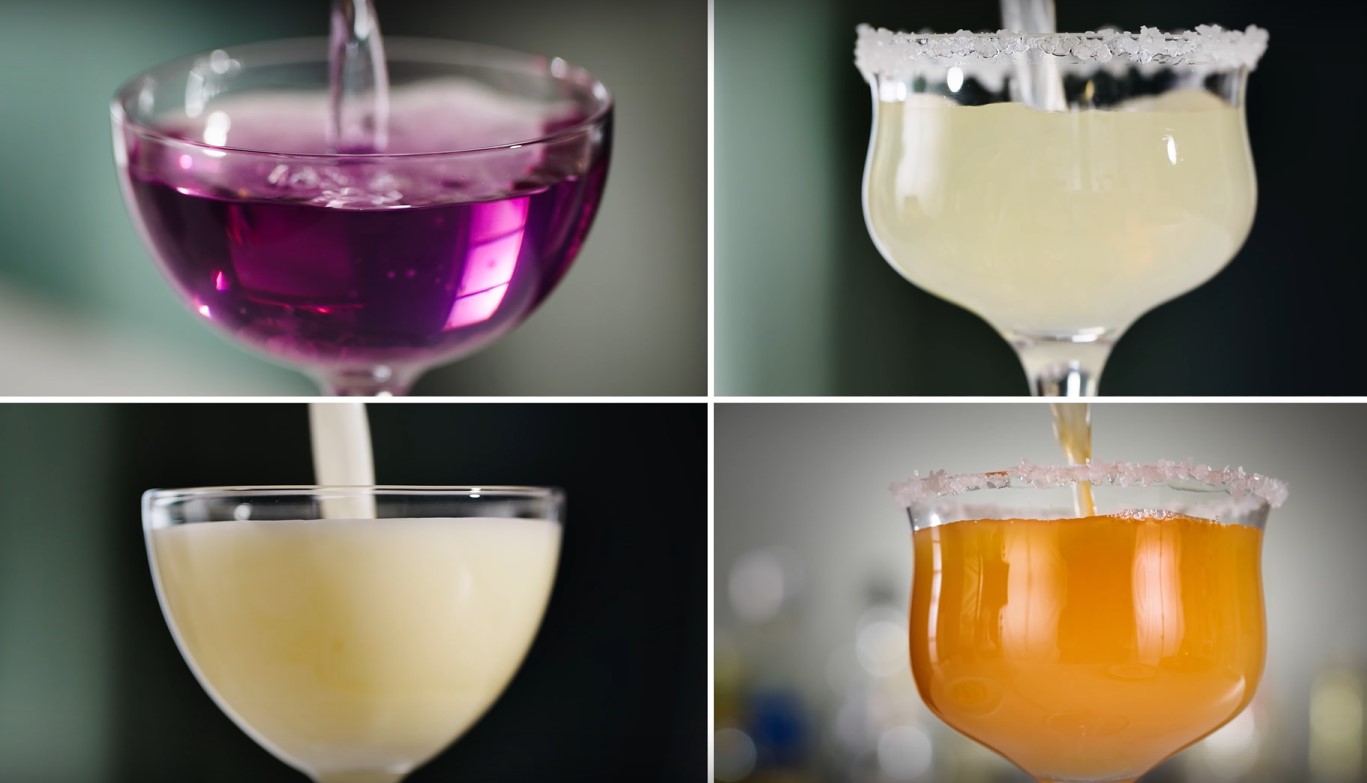

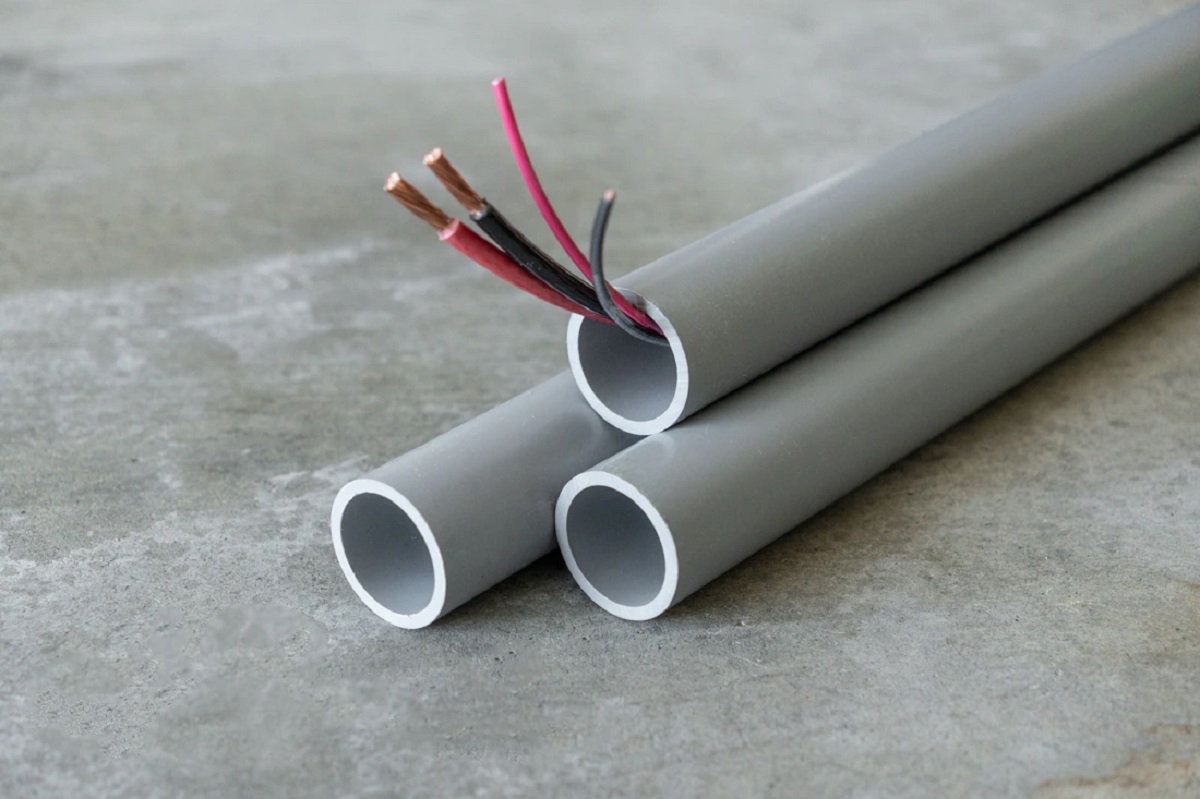
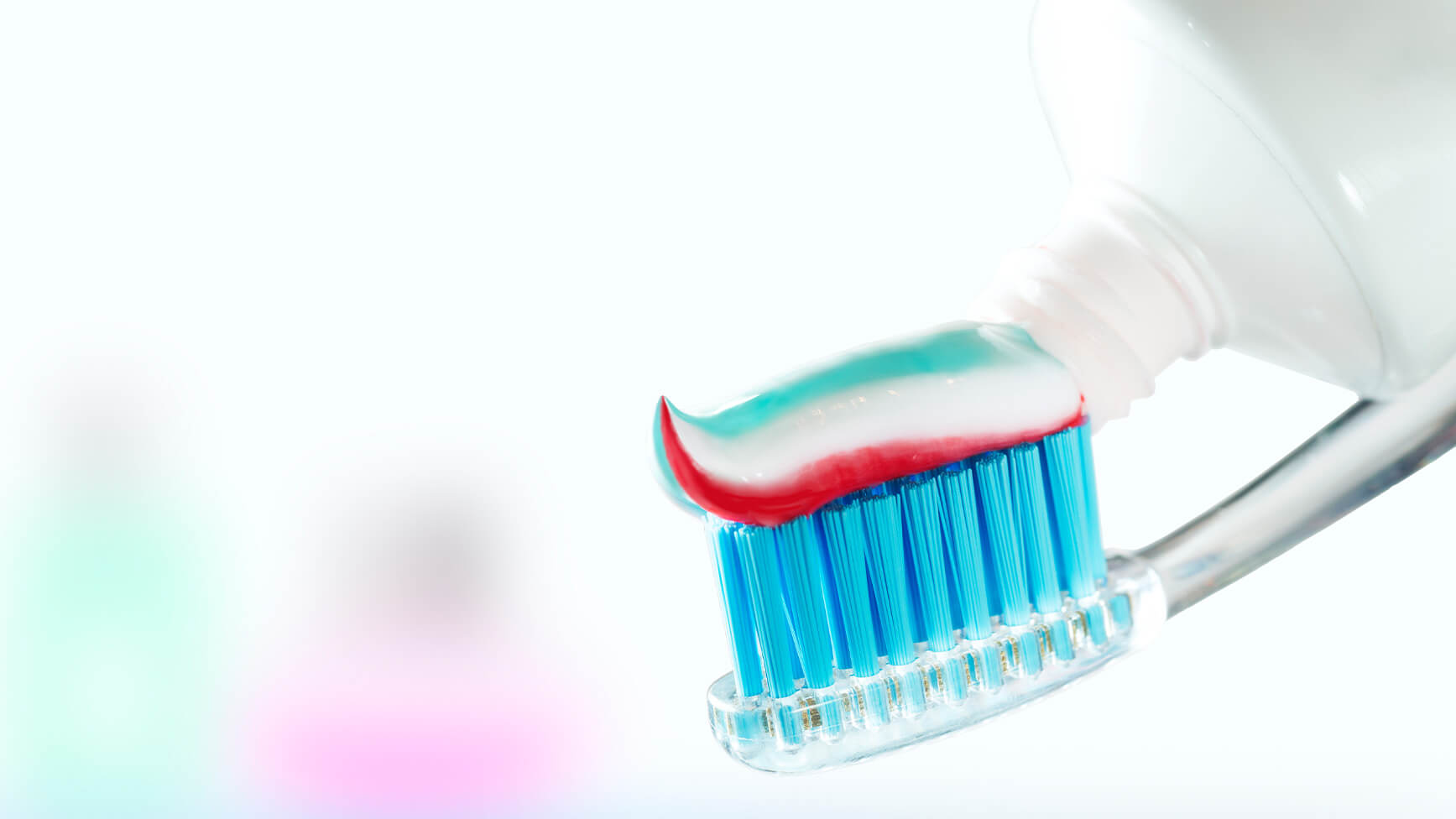
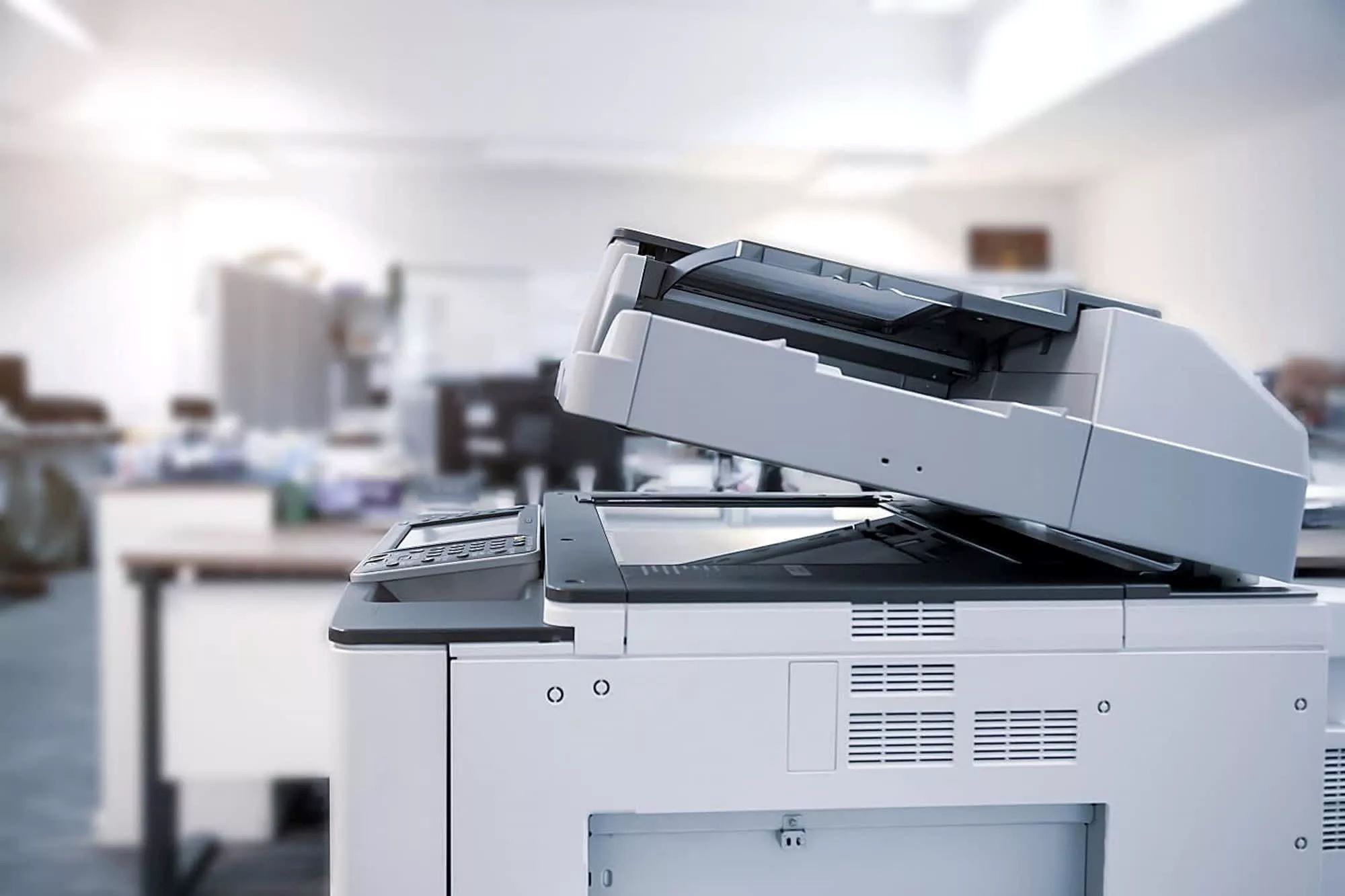
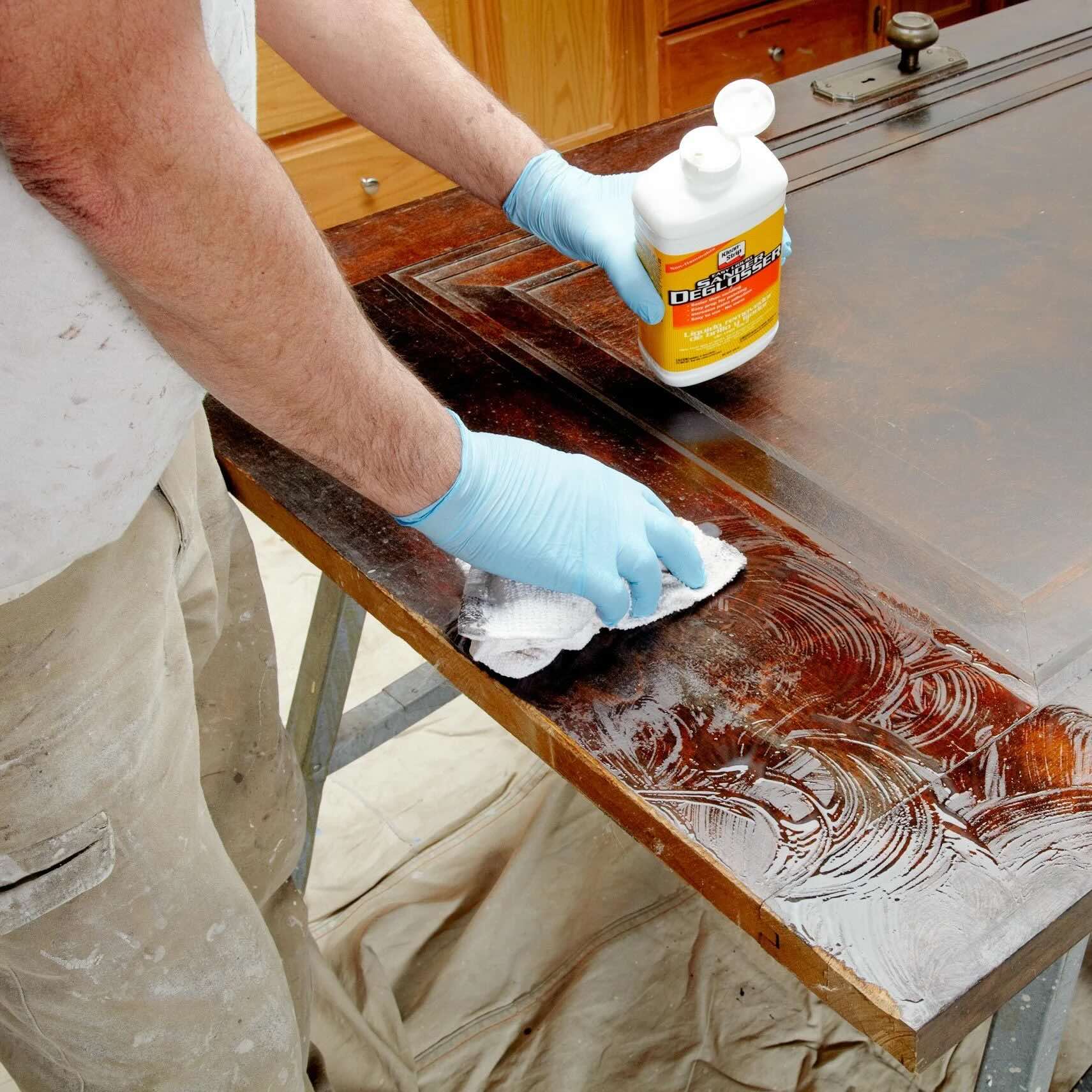
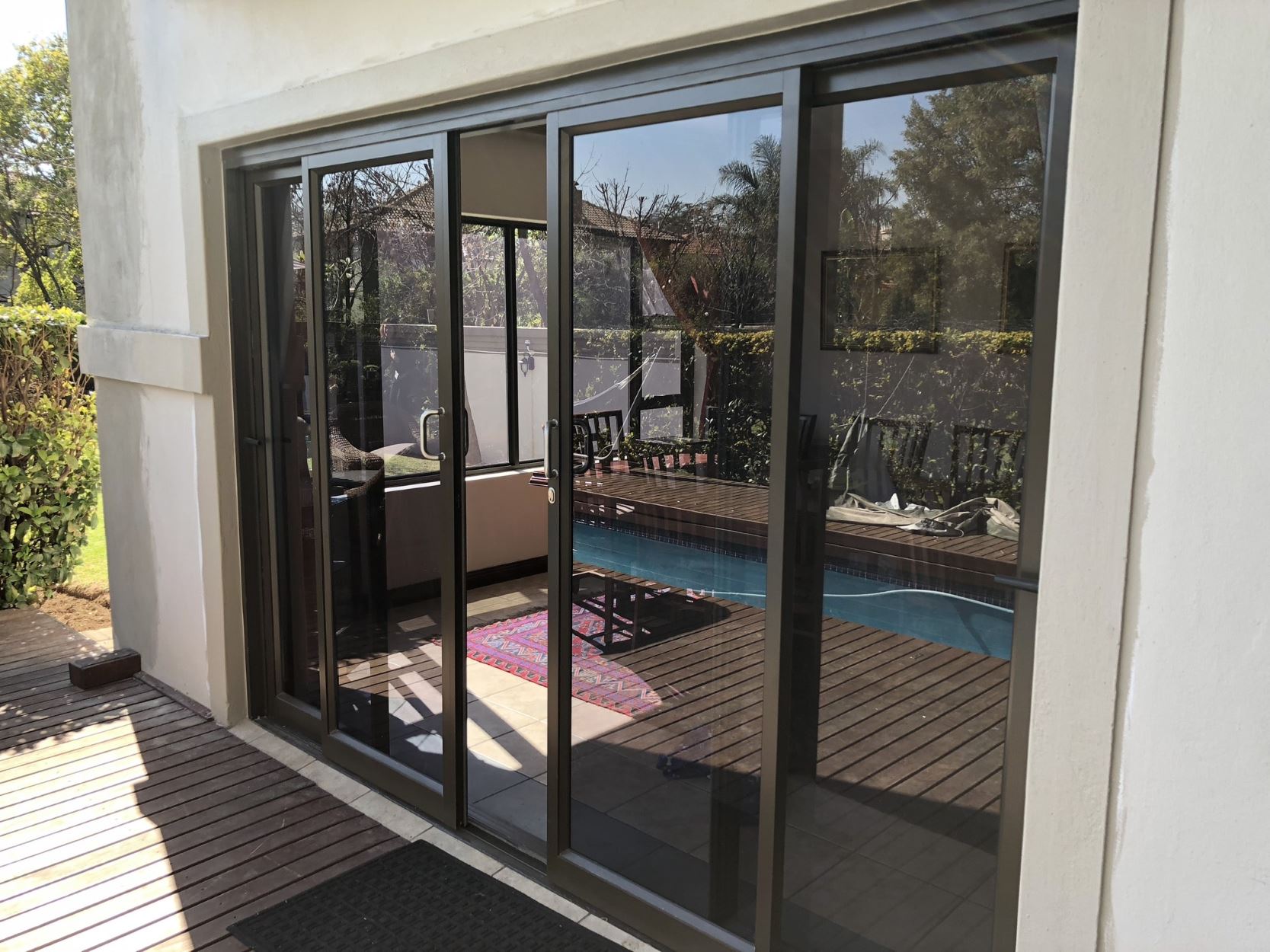


0 thoughts on “Which Type Of Glassware Should You Use To Measure The Volume Of A Liquid?”